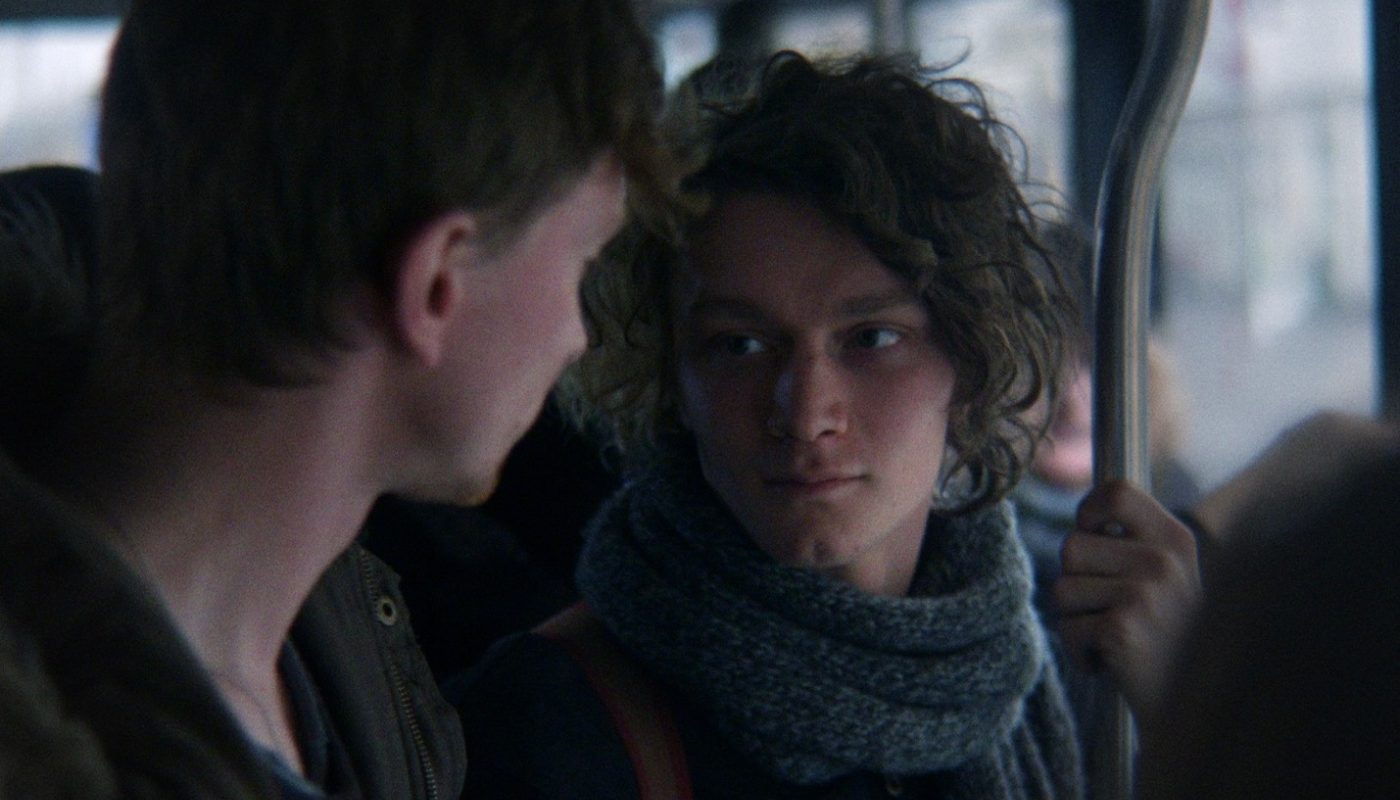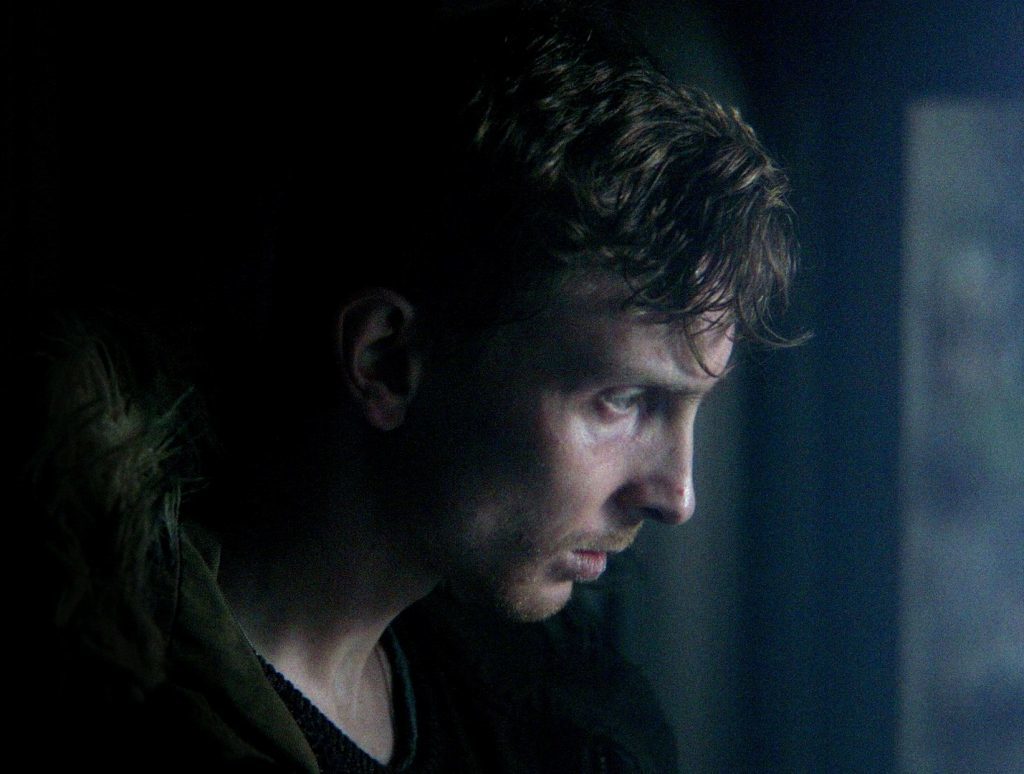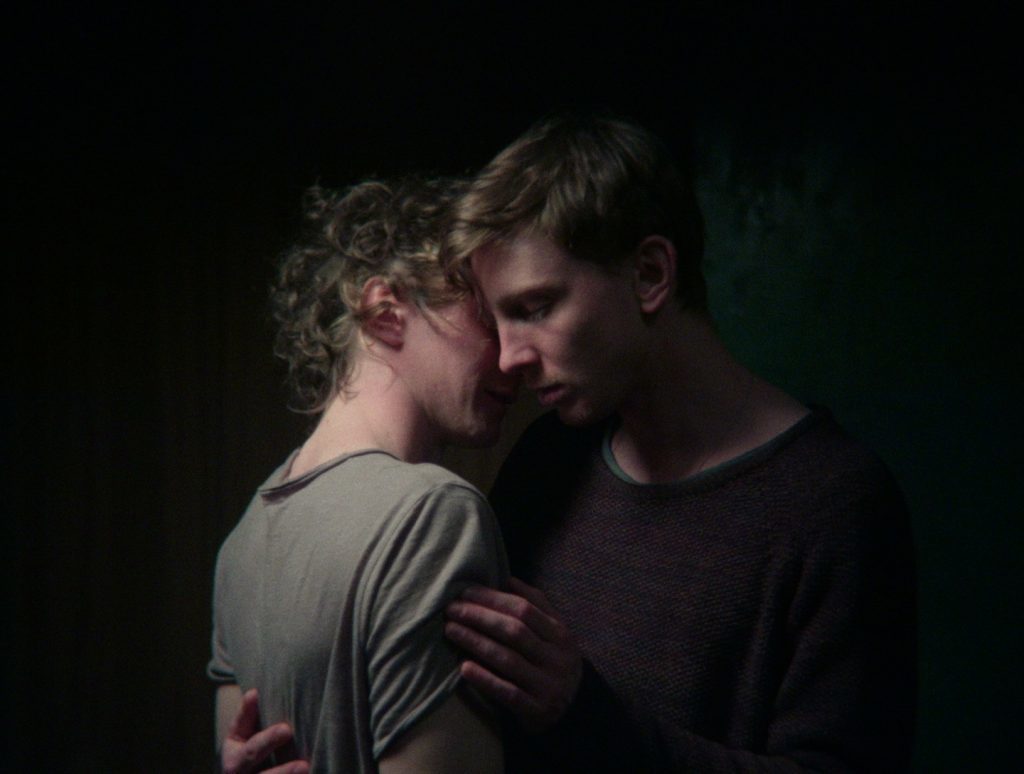

Case Study: After Dawn
A story about a secret love, told in the purest form possible to reveal its truth.
Geplaatst op 11 oktober 2018Nicolas Graux, whose film After Dawn has been selected in more than thirty international film festivals, reveals the struggle and process to create a film so fragile and yet so pure, overcoming challenges such as a tight production schedule or a small budget.
“The shooting should remain as open as possible to the fluidity and organicity of the moment – and that is only possible if you have time.”
A Love Story
“At first, a personal story. A love story. The suburbs of a big town in Poland, the grey communist housing blocks, the apartment which was too cramped for the secret it had to hold, the omnipresence of the flatmates, our whispered words behind closed doors. The two of us waking up at dawn on his single bed, to the rays of the sun reflected in the windows of the building across the yard. All this, and more, had become familiar to me during our short-lived love story.”
“Hiding. Pretending to be ‘the brother of a girl’ he had met in Brussels during his Erasmus trip. Becoming an accessory to the lies he had to tell to justify my presence. Averting my eyes from him in public, being afraid that one burning glance might reveal the nature of our relationship. Behaving as though we were constantly being spied on, even when we were alone… To the point where I stopped noticing how my behaviour had adjusted to his. And always, this melancholy getting at your throat at every turn. A life under the burden of shame. I wouldn’t have believed it, but that shame, which I had initially thought belonged to him only, wasn’t it precisely what I was feeling inside of me as well? The shame of being homosexual?”

A Strong Inspiration
“I’m from a completely different background to his – I’m from Belgium, he’s from Poland. I wasn’t raised in an ultra-conservative family or a society that is largely ruled by catholic values. However, what I was slowly becoming aware of during my time with him, was that the shame had always been part of my life too, deep down. I had just internalized it, then had forgotten about it, the way we forget a dull, nagging pain over time. I remembered something I had read in Gombrowicz’s novel Cosmos: “Shame is strange, contradictory in nature: defending itself against one thing, it draws it to the most intimate and confidential area.””
“The love story was over, but my need for the film crystallized from the contradictory feelings it had left in me. What enabled me to liberate all those intimate memories and transcribe them into a piece of fiction, was to choose to tell the story from the point of view of the other, the Polish character, Pawel.”
Catching the Right Mood in the Script
“It took me almost two years and a large number of drafts to write the script, until I reached a concise, simple and pure form which I felt would best convey the mood, the details, the complexity of the characters. I wanted a film that would be at the same time elusive, elliptical and sparse in terms of dramatization, with free space for interpretation, but also, limited in terms of space and time. The on-screen moments and the gaps between them had to be crafted with the same care. I didn’t rely on any script-writing method, nor on anything I was taught in film school. I would more likely argue that, for me, each film demands its own approach, and it’s something that begins to dawn on you during the writing process. The most important for me was to be in tune with the inner lives and emotions of the characters.”
First Drafts
“I approached a producer with a draft that wasn’t satisfying yet, but sufficient to render the overall direction of the film. Luckily, the producer was sensitive to it, and from there, we started working together. We applied for state funding from the Belgian film commission. My script was rejected once, then made it the second time, after some rework. Notably, the idea of the Polish character giving money to the other, telling him to take a bus and go away, was a significant turn.”
“The script was exhaustively detailed. For instance, the sex scene was almost three pages long. Every gesture was described in minute detail.”
Casting the Right Couple
“We organized very intensive casting sessions, both in Belgium and in Poland. Although the casting was the most crucial part of the preparation, we didn’t have any budget for it, so we did everything by ourselves. I remember these casting sessions as one of the most exciting and demanding experiences of working on a film ever. The most important thing was that there’d be an alchemy between both actors, and that their respective energies would respond to each other in a true, complex and deep way. Of course, finding this alchemy was made more difficult since one of them had to be found in Belgium, and the other, separately, in Poland. The complete casting process took me more than five months, during which I saw over 200 actors, until I was fully convinced that, with Piotr Biedron and Tijmen Govaerts, I had found the perfect couple.”
“In Poland, we made an agreement with the film school of Lodz, which let us freely use one of their classrooms to hold our casting sessions. Young actors were coming from all over Poland to meet us there. Beforehand, they had received two dialogue scenes from the script, which I had asked them to learn. I spent around one hour with each actor. While my DOP was filming, each actor was playing the scenes with me. For me, having this personal experience with each actor and working the scenes ‘from the inside’, contributed in many ways to improving the script and to bringing in more life details.”

Finding the Right Locations
“In parallel, we were carrying our location scouting across Lodz and its suburbs, where I found a highly melancholy atmosphere that echoed the mood of the film. Some scenes were re-written on the spot to adapt to the places we found.”
“Contrary to my initial hopes, the production’s budget wouldn’t allow us to shoot the entire film in Poland. As a consequence, we decided to shoot in Belgium all the scenes taking place inside the apartment, whereas all the rest would be shot in Poland, with a smaller crew. So, besides the casting, the biggest challenge of the preparation was the recreation of the Polish apartment. With some drawings that I had made from memory and a large amount of photos from Poland, we looked for and eventually found an empty apartment in Brussels, and transformed it from the ground up. We walled up windows, built a corridor, reduced the size of rooms, changed every door and every wall, to create an atmosphere that felt right. In addition, we had decided, together with my DOP, that we would work solely with natural daylight, and use extra lighting only in cases of extreme necessity. In that configuration, the set design took a crucial importance, since it was the only way for us to shape the light in every space. This choice of reducing the light to a single, natural source, was made very early, namely in order to bring more truth to the actors’ interactions with and within the space. There was also a will to limit our possibilities during the shooting, knowing that working within limits would require more assertive camera placements.”
Making Sacrifices Due to a Tight Production Schedule
“I initially wanted to shoot the film in twelve days – but we could afford only nine. That was a huge pressure on me, since I knew that within nine days, if I wanted to keep my level of demand sufficiently high, I would have to make sacrifices. As a consequence, some shots had to be removed, some scenes had to be adapted during the shooting to fit in the production schedule, all of which was sometimes a torture. I consider that shooting time is the key and, in future, I’d much rather make sacrifices on any other aspect of the production than be stingy with shooting days. The shooting should remain as open as possible to the fluidity and organicity of the moment – and that is only possible if you have time. Regardless of your level of preparation, some of the best things just might arise by chance. For instance, the strange guy sitting in the corner of the restaurant was a random guy who was just hanging around the place on the day we were filming that scene, and I just integrated him into the film.”
The Biggest Challenge
“The sex scene was the biggest challenge. I usually hate the way sex is represented in films – erotizing close ups, fast cuts, and that’s it. Here, it had to be true to the rhythm of life, you had to feel the materiality of the bodies, and consequently, most of it had to be captured in a single long take. Neither of the actors, nor me, had worked on such a scene before. During our rehearsals, we had choreographed it very precisely, decomposing every gesture, until it became an almost automatic dance for them, which could later be opened to the flow of emotions. Meanwhile, my DOP and I had studied the way in which the light filtered inside the room every morning, and we had found a way to reproduce the same effect by using off-screen mirrors in real time during the scene.”
Shaping a Pure Form in the Edit
“My editor and I then followed the path I had chosen when working alone on the script. The editing contributed to stripping the film down to a purer form, cutting out every part that wasn’t necessary to the line of emotion, and strengthening the gaps between the scenes. Some changes were made. For instance, the film was supposed to end with an exterior shot of the bedroom’s window, locked inside the façade of the building, but it became obvious during editing that it was much more powerful to cut to black on Pawel’s face.”